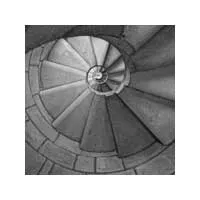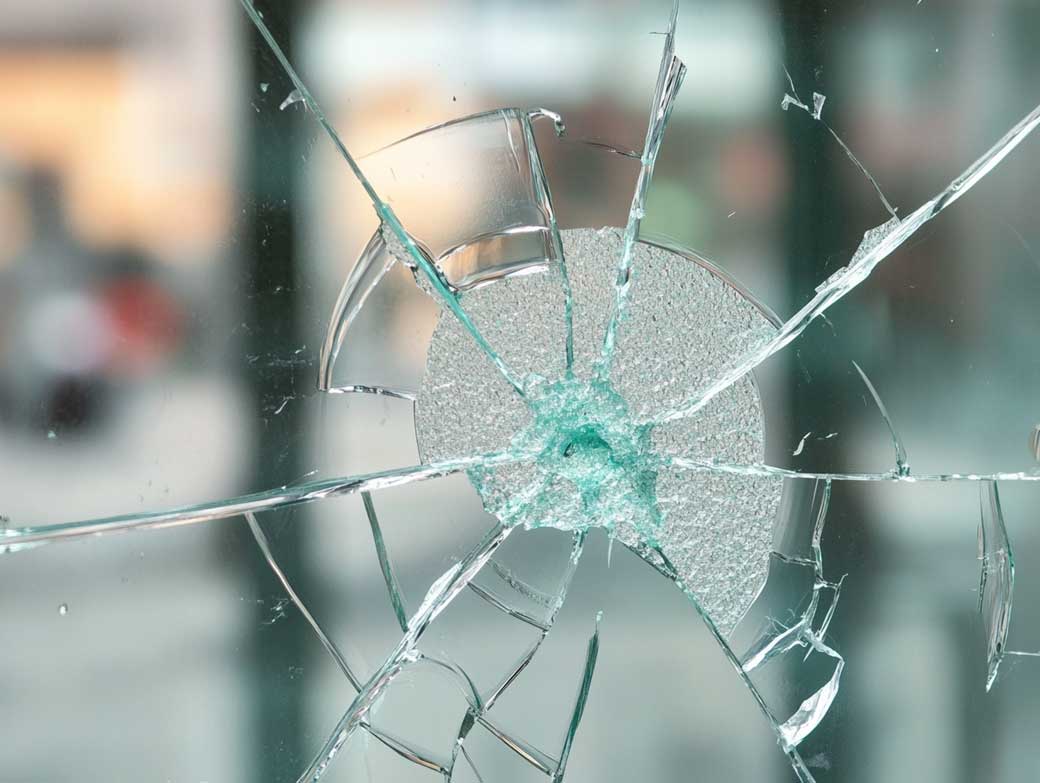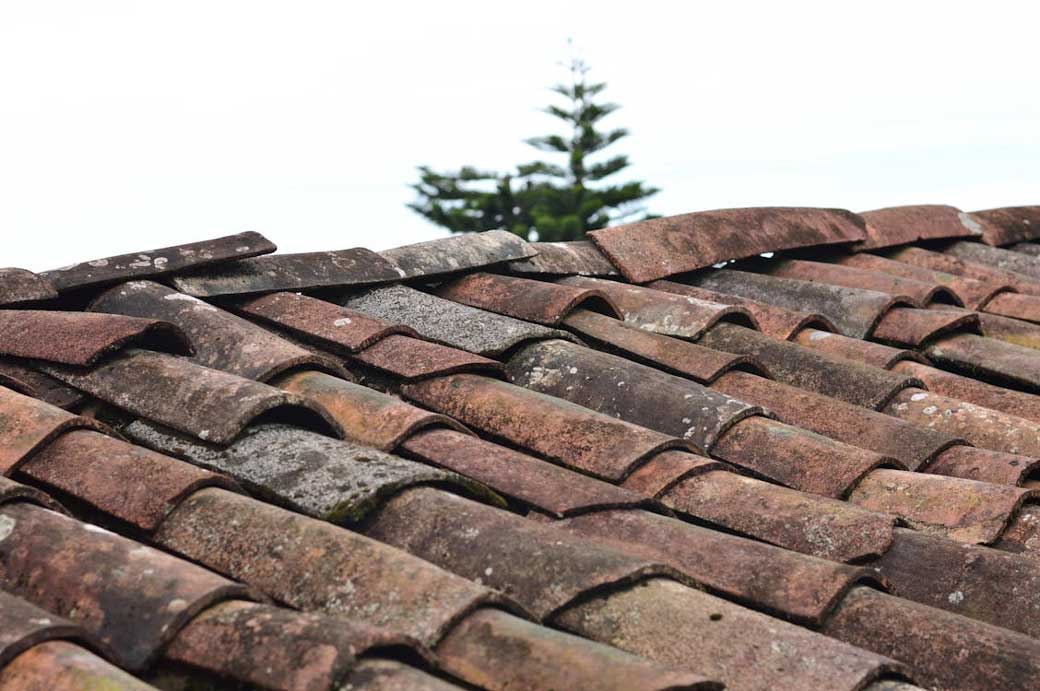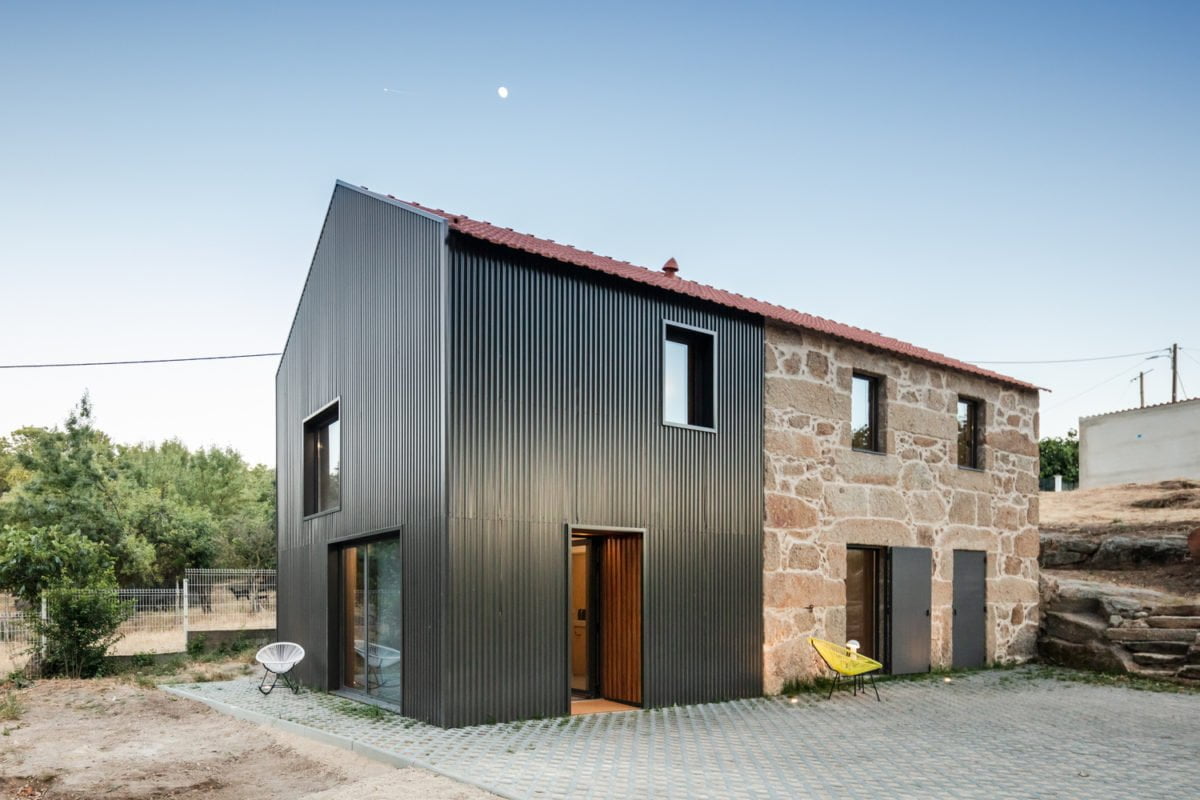As homeowners look to improve and restore their living spaces, they’re increasingly turning to fresh and innovative solutions. Today’s home improvement trends focus on maximizing functionality, incorporating new technologies, and breathing new life into older homes. In this blog, we explore some of the novel methods and trends that are transforming the home improvement landscape.
Upcycled and Repurposed Materials: A Sustainable Approach to Design
One of the most exciting developments in home restoration is the rise of upcycling and repurposing materials. This approach not only helps preserve the planet’s resources but also adds a unique charm to any home. Homeowners are embracing the creative use of salvaged materials—like reclaimed doors, antique furniture, and repurposed bricks—to give spaces character and history. Upcycled materials often carry a rich story, making them perfect for homeowners looking to combine sustainability with personal flair. For homeowners looking to restore their exterior surfaces, such as paving stones and roofs, with high-quality, reliable solutions, Lee & Cates Surface CPR offers expert services in resurfacing and restoring a wide range of materials, ensuring both aesthetic appeal and durability.
Modular Construction: Flexibility and Customization for the Modern Home
Modular construction is revolutionizing the way homes are built and renovated. Rather than traditional methods of brick-and-mortar building, modular construction involves prefabricating sections of a home in a factory setting and then assembling them on-site. This approach significantly reduces build time, minimizes waste, and allows for more customization. Homeowners can easily upgrade, expand, or change the layout of their homes without the need for large-scale demolition or construction. Modular homes also offer a high degree of energy efficiency thanks to their pre-engineered components and optimized designs.
Green Roofing: A Living, Breathing Roof Above Your Head
Green roofs, or living roofs, are another cutting-edge approach that is gaining popularity in home restoration. This sustainable method involves growing vegetation on the roof of a building, transforming it into a natural habitat that improves air quality and reduces urban heat island effects. Green roofs also provide additional insulation, lowering energy costs and increasing the overall lifespan of the roof. Not only are they eco-friendly, but they also offer aesthetic benefits, turning an otherwise unused space into a lush, green area that contributes to the environment.
Passive Design: Harnessing Nature for Maximum Efficiency
Passive design strategies have gained significant traction in modern home improvement. This design philosophy focuses on reducing a home’s reliance on active heating, cooling, and lighting systems by harnessing natural resources. Key elements of passive design include strategic window placement to optimize natural light, effective insulation to retain heat, and using thermal mass materials to store and release energy. By embracing passive design, homeowners can reduce their energy consumption, lower utility bills, and live in more comfortable, naturally lit environments.
Biodegradable and Zero-Waste Products: Supporting the Circular Economy
With the growing emphasis on sustainability, homeowners are increasingly turning to biodegradable and zero-waste products for their home improvement and restoration projects. These products are designed to be non-toxic, compostable, or easily recyclable, contributing to a circular economy. Examples include biodegradable flooring, compostable insulation, and non-toxic paints. By choosing these options, homeowners can minimize waste and contribute to a healthier planet, all while enhancing their homes with innovative, eco-friendly solutions.
Restoration with a Purpose: Bringing Community Involvement into Home Improvement
A unique trend in home restoration involves community-driven efforts that focus on giving back while improving a home. Many restoration projects today integrate socially conscious elements, such as incorporating designs or features that support local artisans, craftsmen, or neighborhoods. Some projects even involve neighborhood groups coming together to help restore a home, creating a sense of community ownership and pride. These projects not only enhance the homes they occupy but also foster a connection between people and place, giving the restoration a greater sense of purpose.
Intelligent Landscaping: Smarter Gardens for the Modern Home
Landscaping has evolved far beyond traditional flower beds and shrubs. Modern landscaping now integrates intelligent technology to create smarter, more sustainable outdoor spaces. Homeowners are using smart irrigation systems that monitor soil moisture and adjust watering schedules accordingly, reducing water waste. Additionally, energy-efficient outdoor lighting and garden sensors can enhance the aesthetic of a property while contributing to its sustainability. Intelligent landscaping creates a harmonious balance between natural beauty and technological efficiency, making the home’s exterior as innovative as its interior.
Restoration Using Artificial Intelligence (AI): A High-Tech Approach
Artificial intelligence (AI) is also making its way into home restoration and improvement, particularly when it comes to assessing and repairing older homes. Using AI-powered tools, contractors and homeowners can analyze the structural integrity of a property, predict potential issues, and identify cost-effective solutions. AI can also streamline the design process by offering personalized recommendations based on the homeowner’s preferences and the existing conditions of the property. This technology is transforming the home restoration process, making it faster, more efficient, and more precise.
Conclusion
The future of home improvement and restoration is marked by exciting new possibilities that merge creativity with sustainability and technology. From upcycled materials and modular construction to green roofing and passive design, the emphasis is on making homes more eco-friendly, adaptable, and energy-efficient. By adopting these innovative approaches, homeowners are not just enhancing their spaces—they are contributing to a more sustainable and connected world. Whether you’re renovating an old property or building a new one, the opportunities to incorporate modern, forward-thinking solutions are endless.







